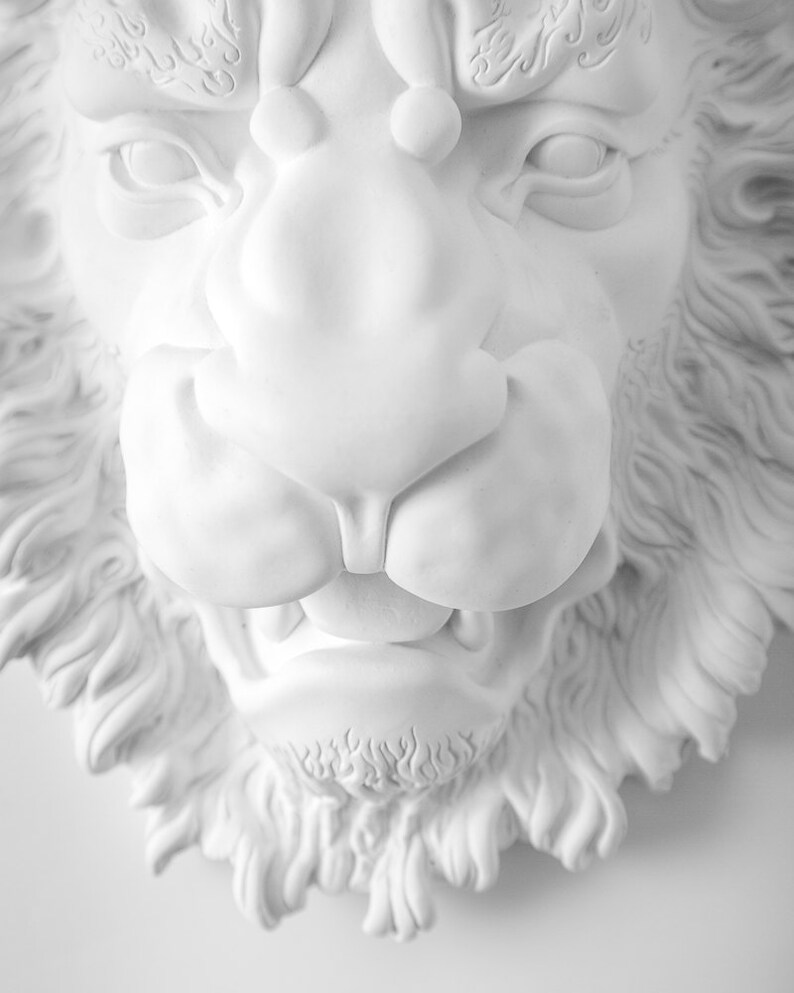
Commercial gain and exploitation as consumer goods by collectors, dealers and restorers provides another possible incentive. In their study, Mora, Mora, and Philippot cite four reasons for the "over-use" of detachment: the 19th-century division of the arts that privileged a "painting" divorced from its architectural and historical context insensitivity to the aesthetic consequences, often partially concealed by restorers the curiosity of art historians looking for sinopie or perceived savings relating to the initial cost of treatment. The detached work went on to sell for £350,000 in an auction.

The painting was removed over a period of two weeks, using a diamond-bladed chainsaw to cut through 22cm of brick. One example can be seen in the removal of Girl with Red Balloon from Shoreditch, east London in 2013–2014. This rise in popularity of the artist has resulted in the removal of their paintings to be sold. In more recent years the artist Banksy has become world renown for their street art. Typically the largest threat to wall paintings is moisture behind the work if this is corrected, detachment is typically no longer necessary. Although detachment is possible it is favorably viewed as a last resort when other methods of preservation have failed. It was the method of stacco Napoleon's team of artists and architects used in order to remove Daniele da Volterra's Deposition. Prior to the Napoleonic Expeditions in the early 1700s chemists and architects from around Europe began working with both the strappo and stacco methods of detachment. Some early accounts of wall painting detachment come from the expeditions of Napoleon Bonaparte. Wall paintings historically differ from wall murals due to wall paintings being put on structurally significant walls, as murals are in dedicated wall niches. Some of the earliest wall paintings date to 16,000 BCE in the Lascaux Caves in France. The practice of detachment, in abeyance or undocumented for a millennium, was revived in Renaissance Italy, with several instances recorded by Vasari. Maiuri cites examples of wall paintings in wooden frames excavated at Pompeii, a precursor to what was to follow in the 18th and 19th centuries. A century later, apprised of paintings of Atalanta and Helen without drapery and "enflamed with lust", Caligula attempted to carry them off, but was prevented by the makeup of the plaster. Vitruvius records how in Sparta, in 59 BC, "paintings have been taken out of certain walls by cutting through the bricks, enclosed in wooden frames, and brought to the Comitium". The application of a covering layer concealing an existing decoration, carried out with the intention of preventing damage or destruction by exposure to an inhospitable environment, should be executed with materials compatible with the wall painting, and in a way that will permit future uncovering.


Special measures should be taken for the protection and maintenance of detached paintings, and for the prevention of their theft and dispersion. Detached paintings should be replaced in their original location whenever possible. Should such situations occur, decisions involving detachment and transfer should always be taken by a team of professionals, rather than by the individual who is carrying out the conservation work. These operations are, therefore, only justifiable in extreme cases when all options of in situ treatment are not viable.

According to the International Council on Monuments and Sites (ICOMOS): ĭetachment and transfer are dangerous, drastic and irreversible operations that severely affect the physical composition, material structure and aesthetic characteristics of wall paintings. While detachment was once a common practice, the preservation of art in situ is now preferred, and detachment is now largely restricted to cases where the only alternative is total loss. The detachment of wall paintings involves the removal of a wall painting from the structure of which it formed part.


 0 kommentar(er)
0 kommentar(er)
